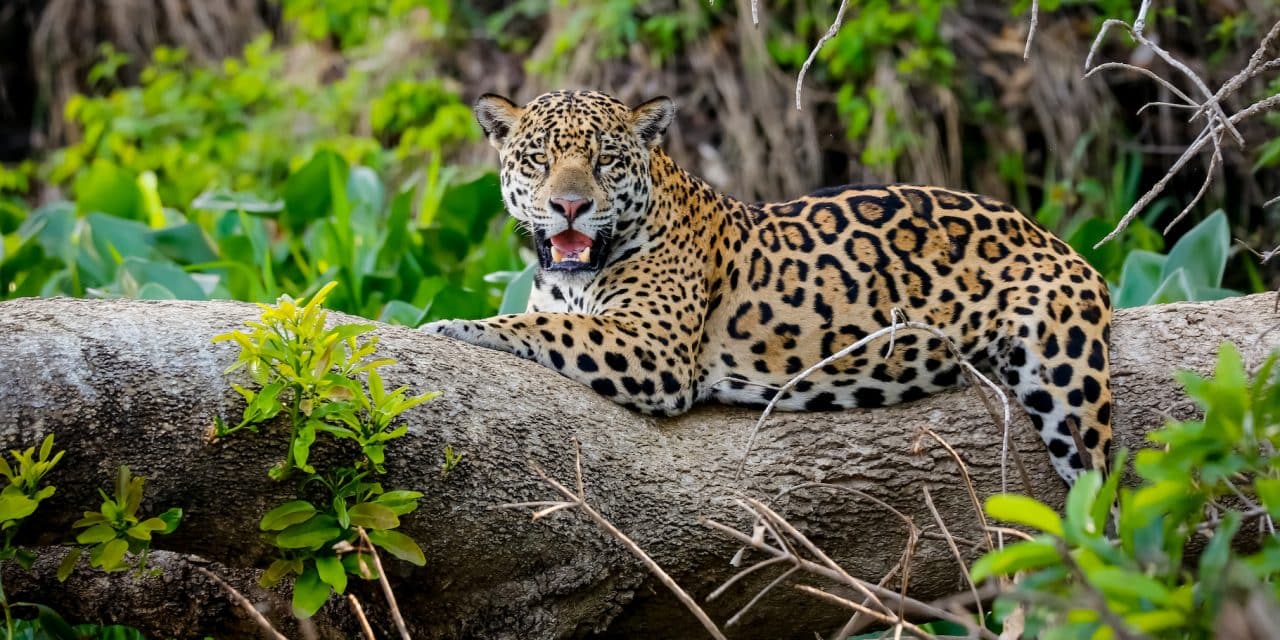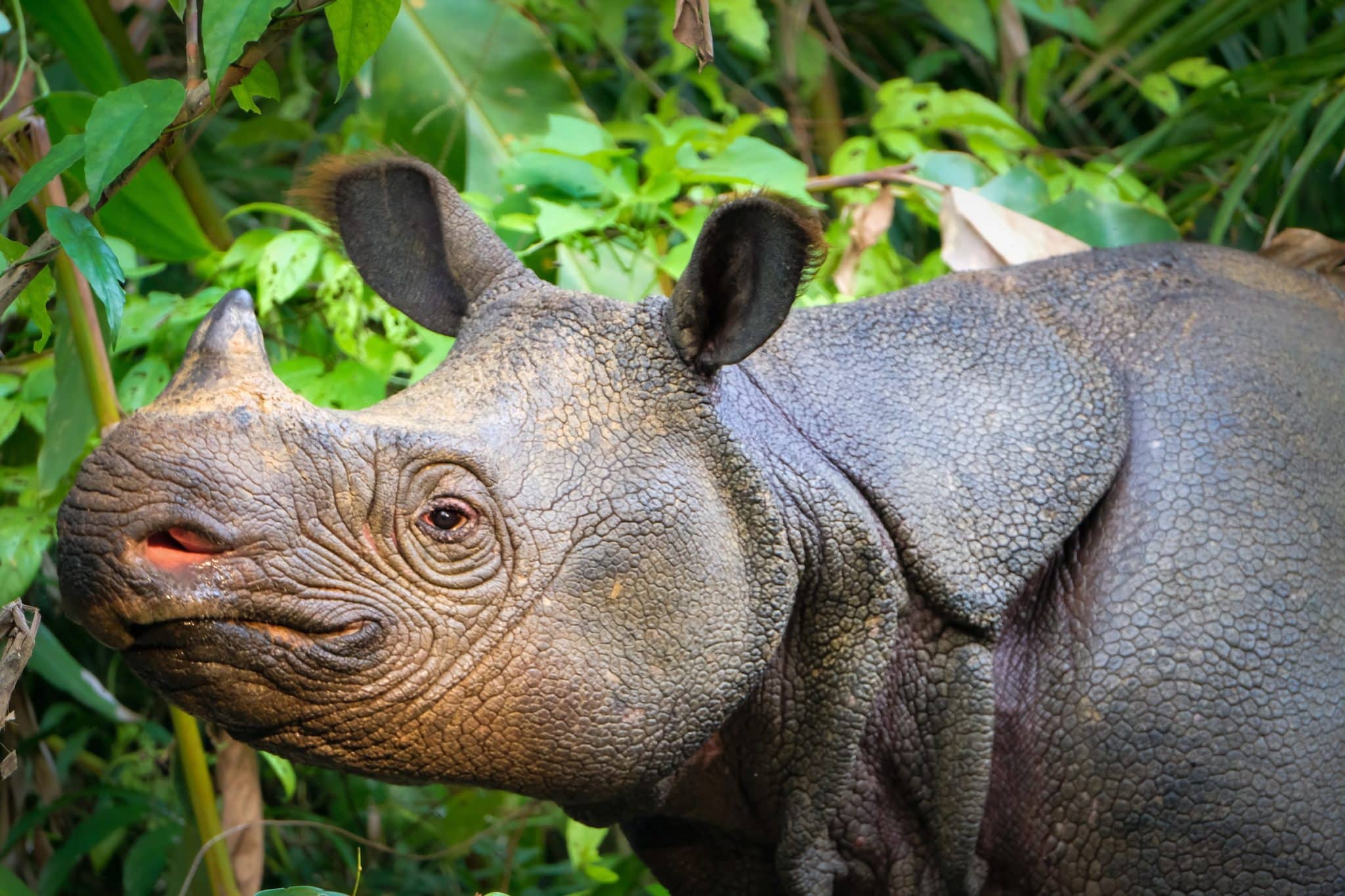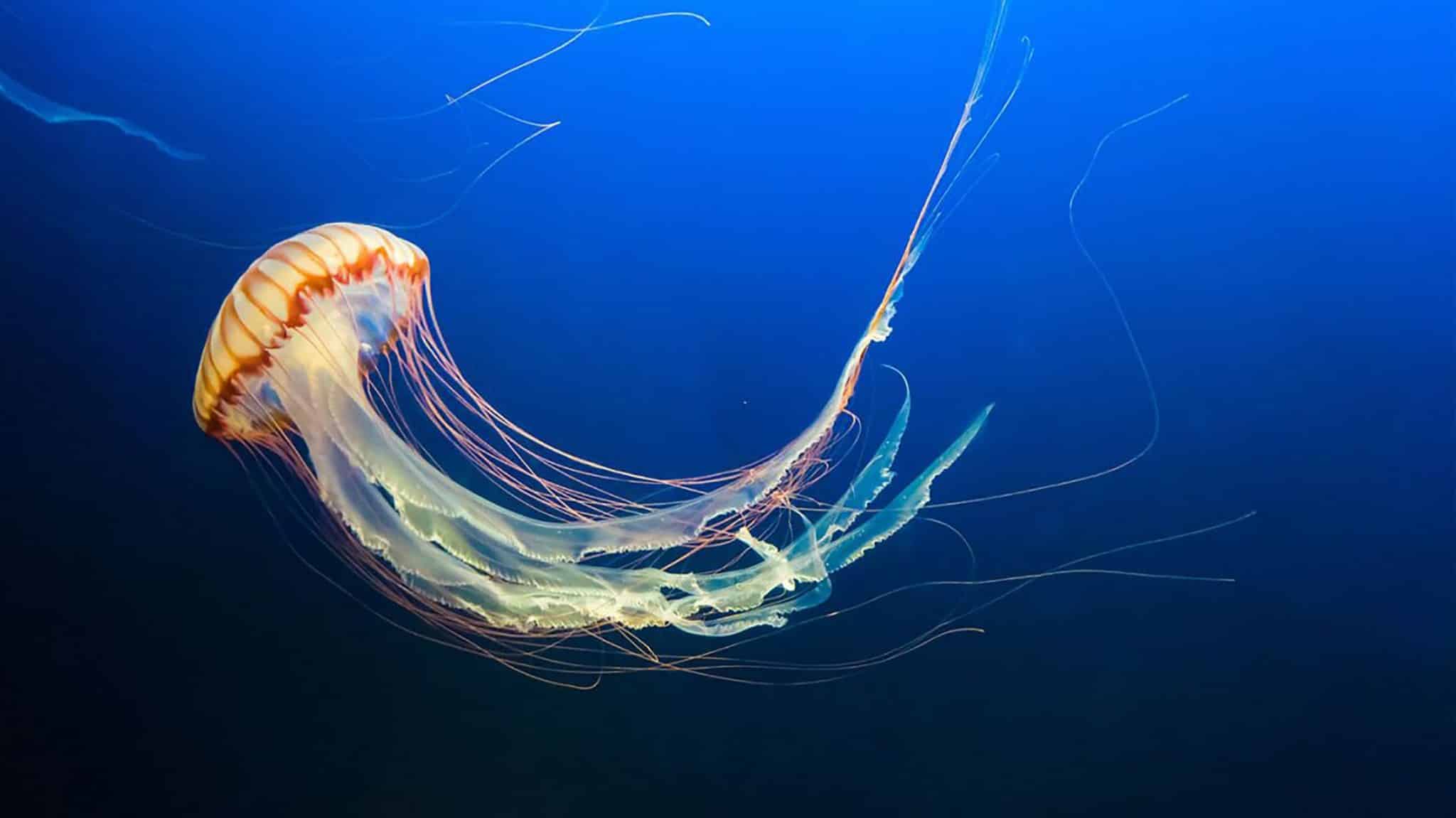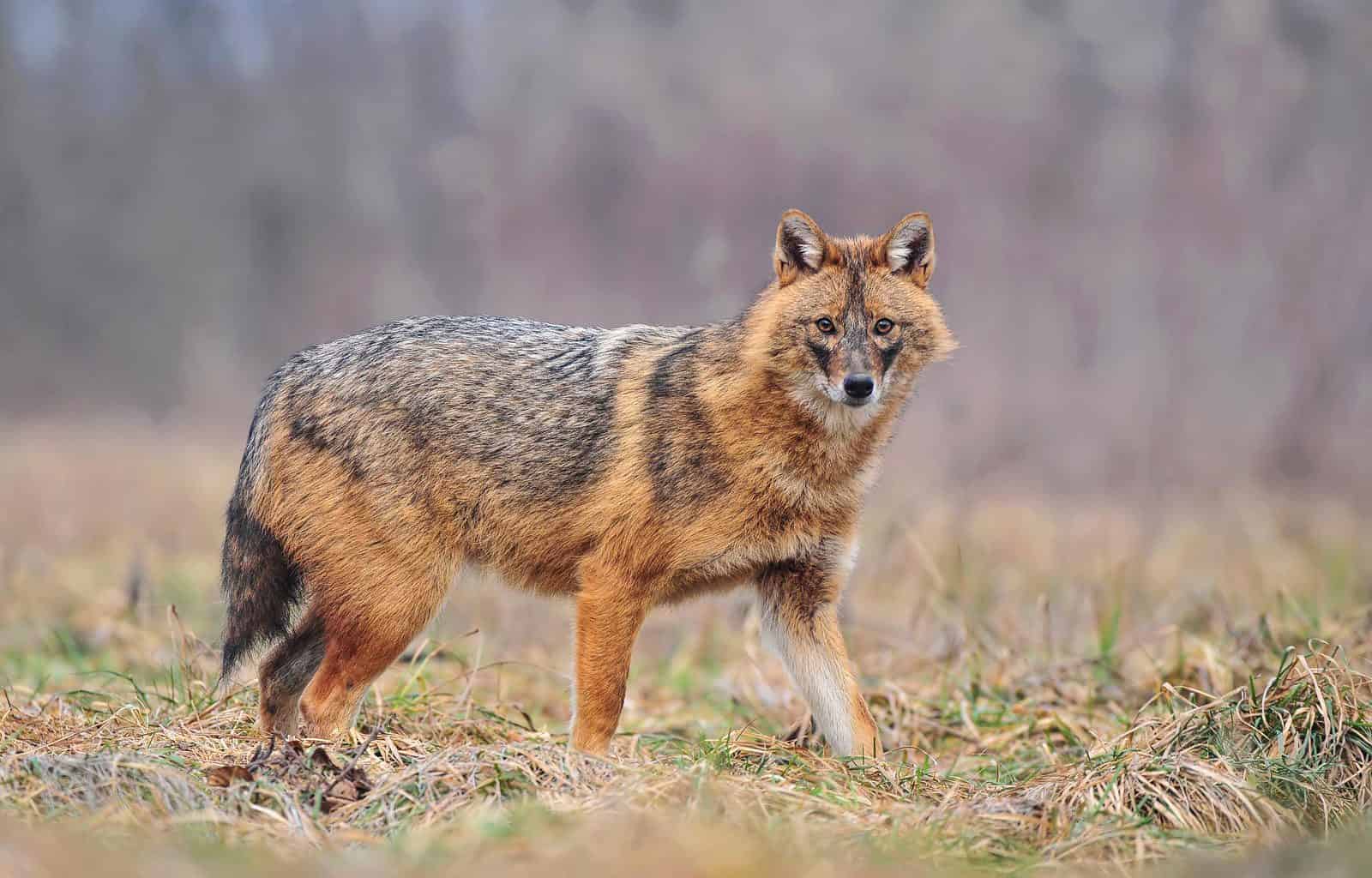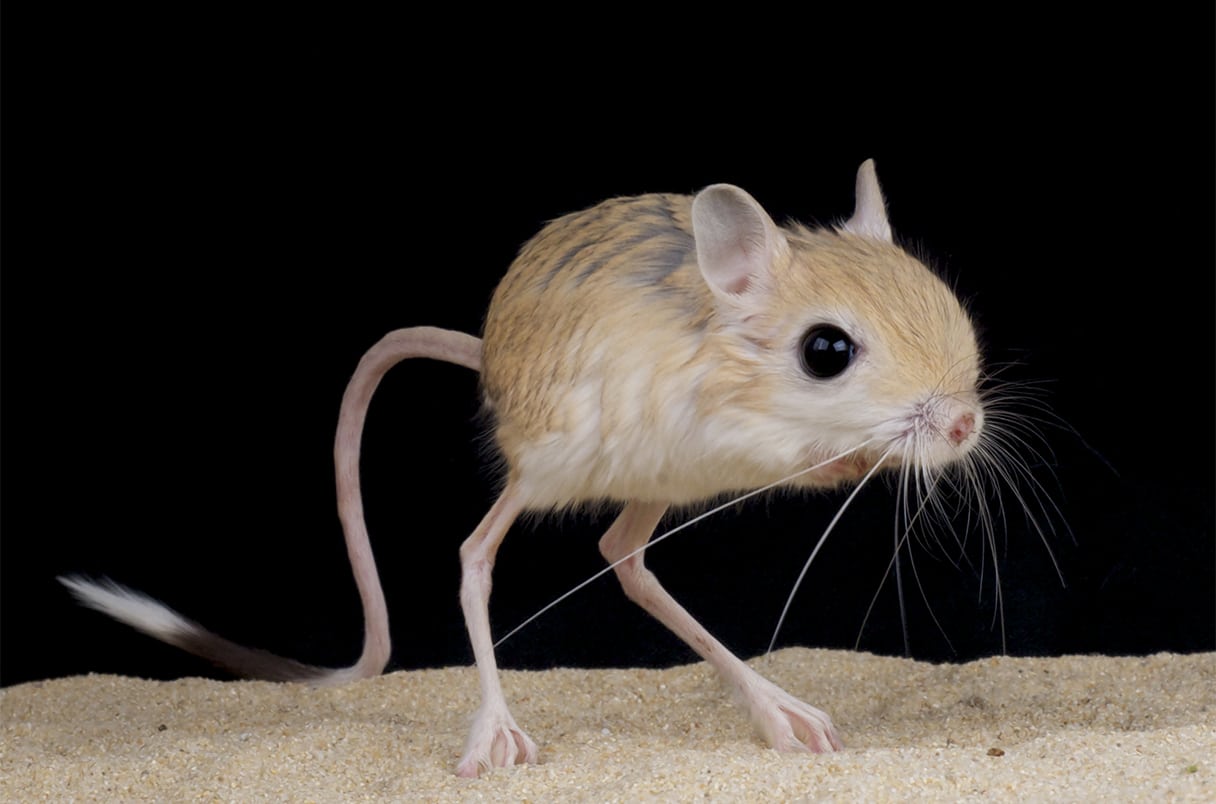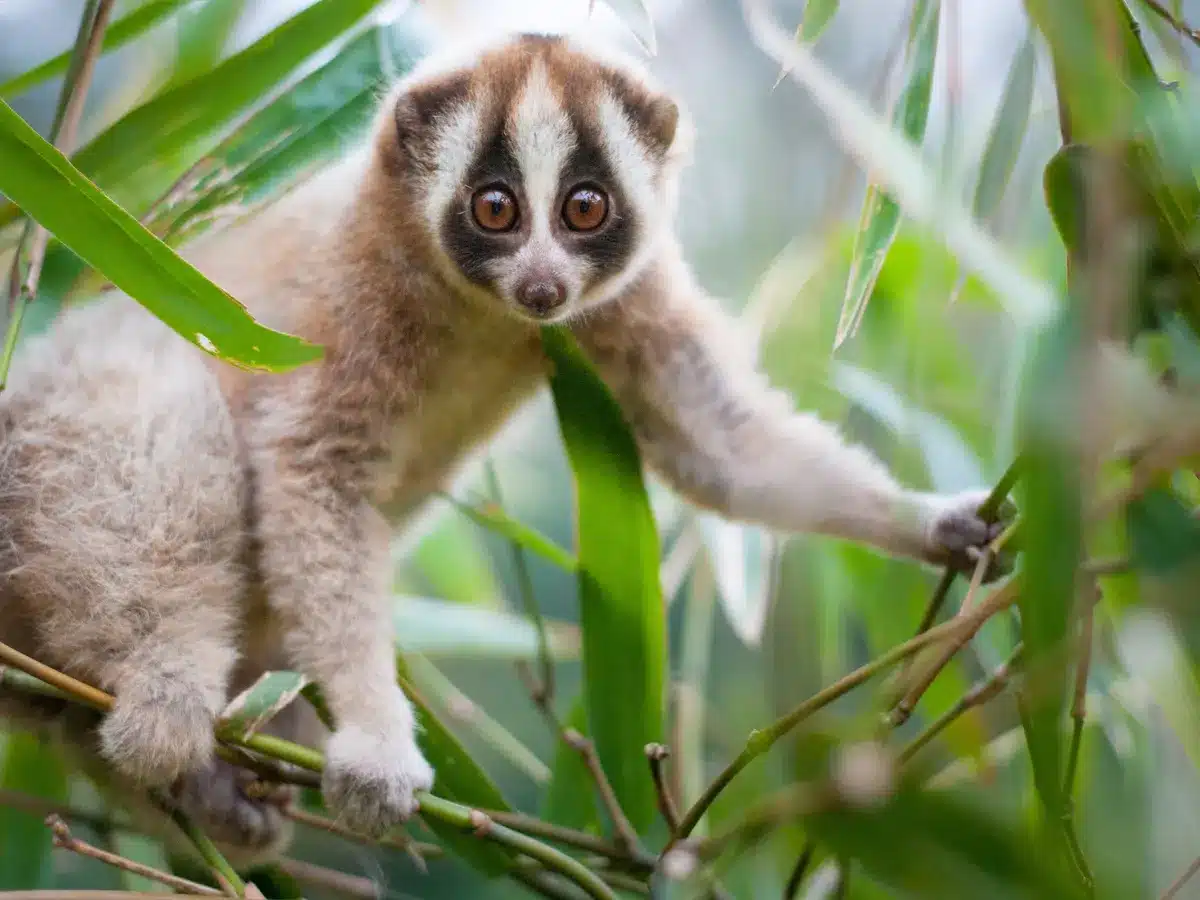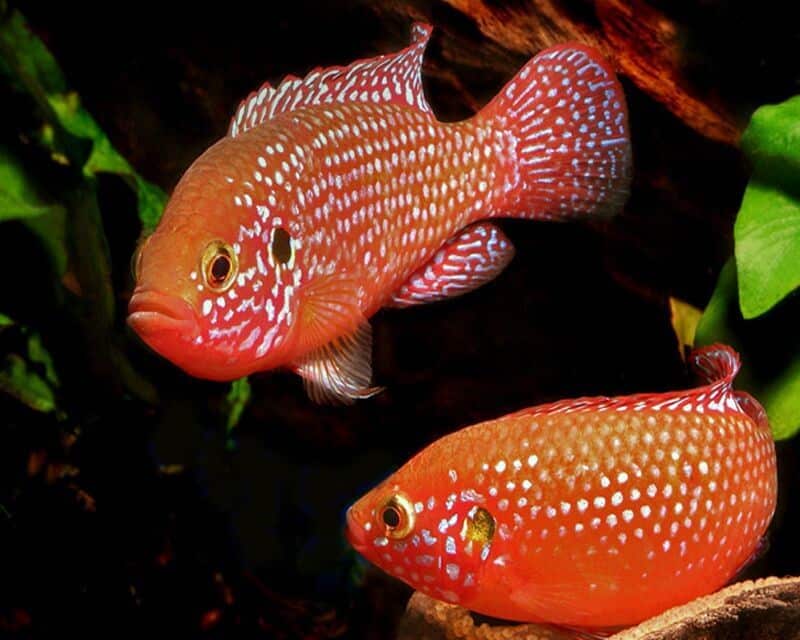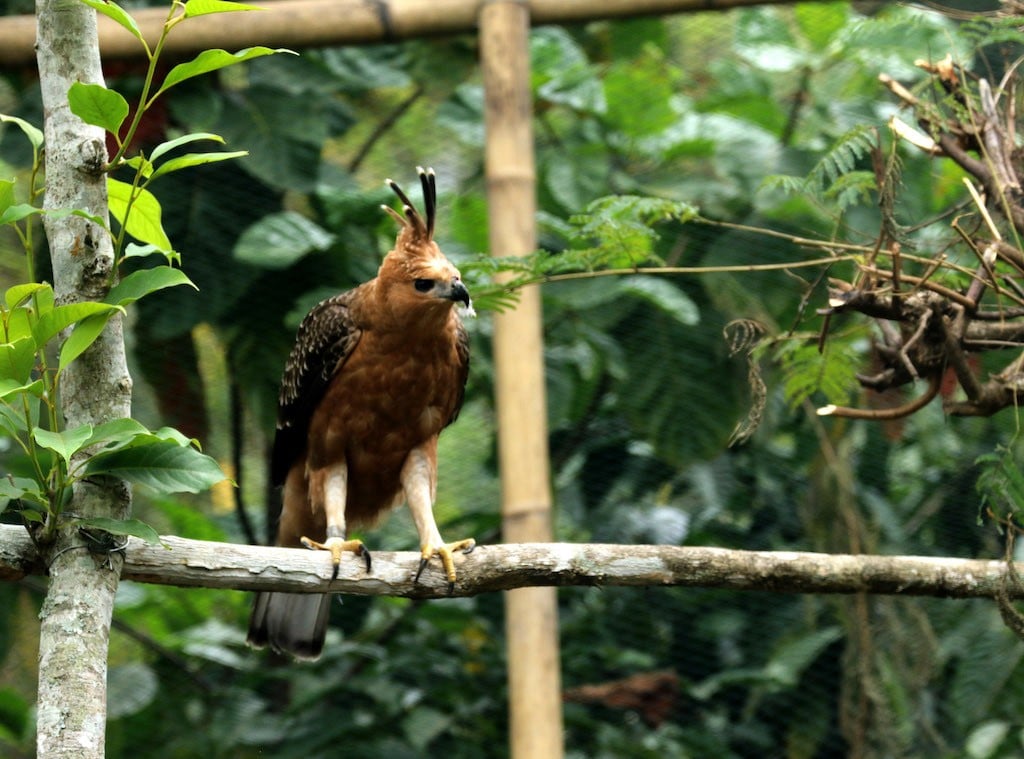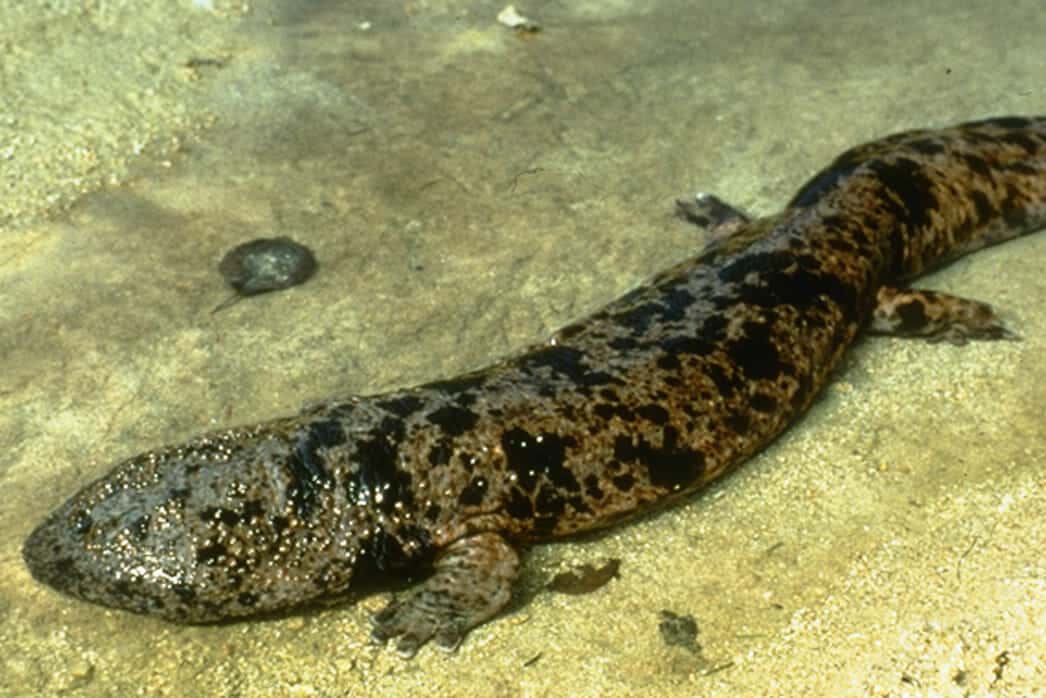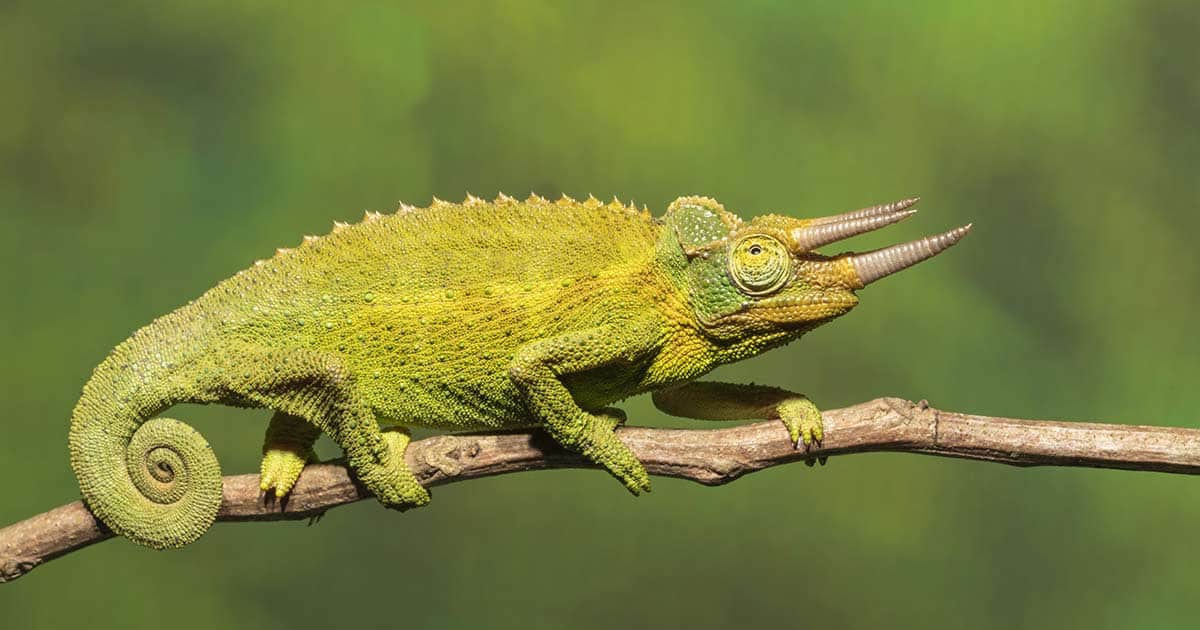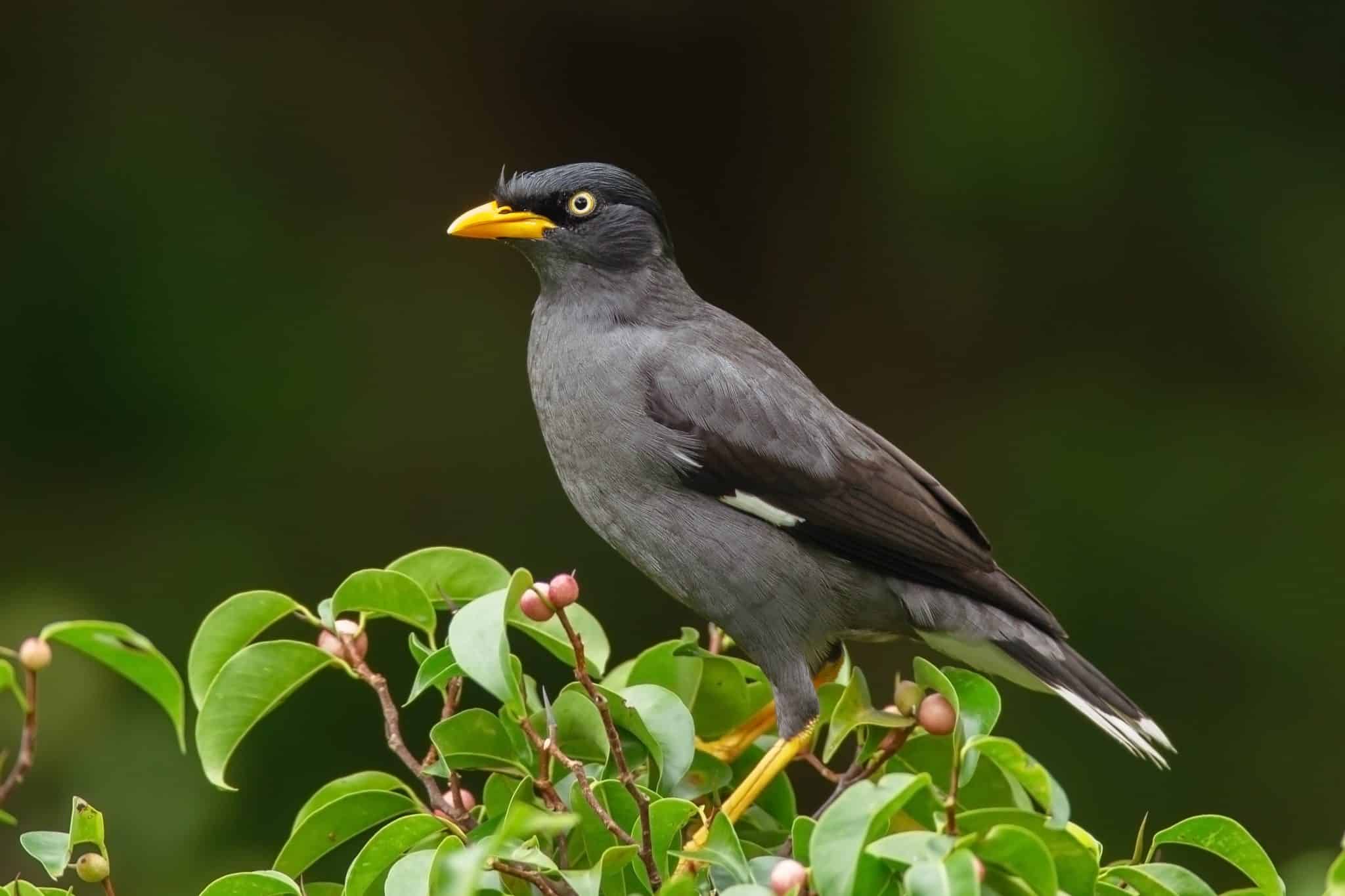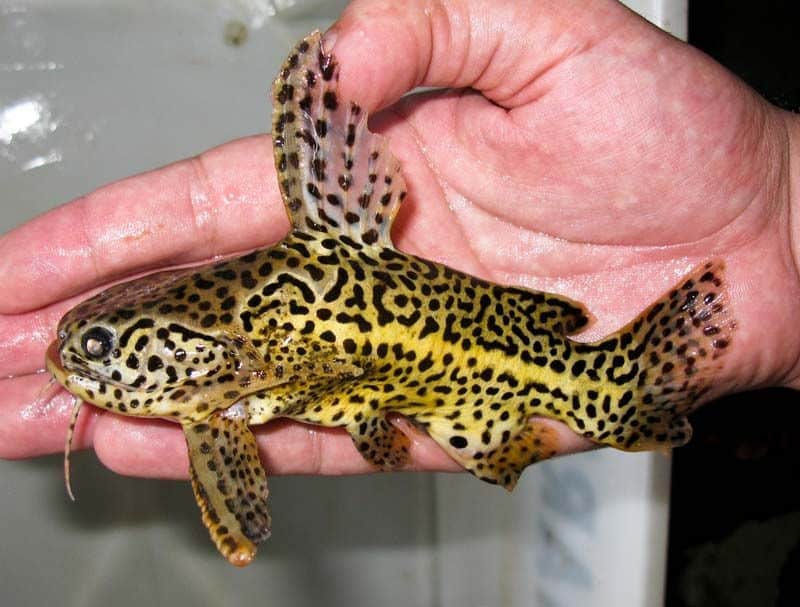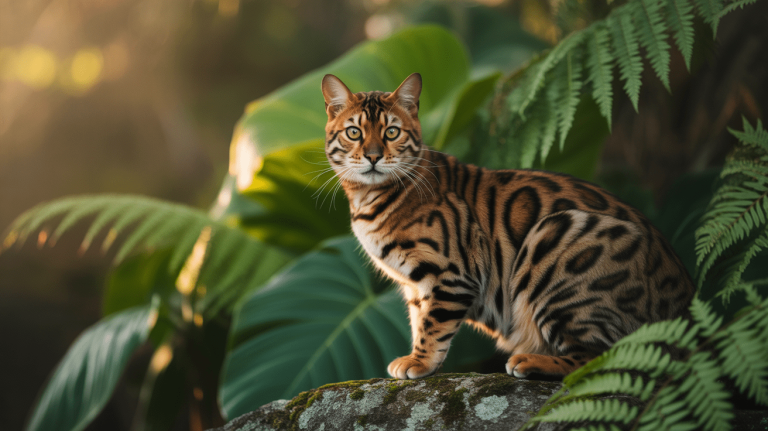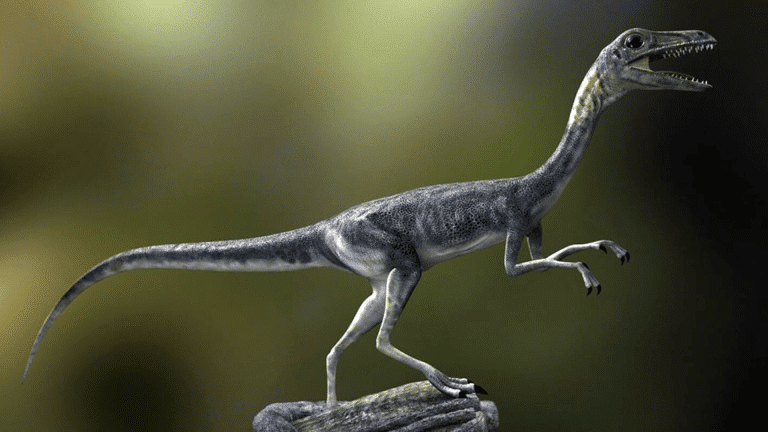Are you curious to read about some animals that begin with the alphabet J? You have come to the right place.
This blog post will take you on a journey from the depths of the oceans to the skies.
Each organism has unique adaptations owing to its unique ecological niche, so it plays a peculiar role in sustaining the ecosystem.
You will learn about the important aspects of these animals, such as their origin, diet, scientific name, and more.
Even though these animals’ names start with J, you will be amazed to see the existing diversity.
Without further delay, let us delve into the world of animal names, starting with J!
Fascinating Animals that Start with J
1. Jaguar
Origin: South America, Central America, and parts of North America.
Habitat: Rainforests, swamps, grasslands, and scrublands.
Diet: Carnivorous, feeding on various mammals, birds, and reptiles.
Size: Males can weigh between 120-250 pounds and have a length of 5.7 to 6.1 feet.
Scientific Name: Panthera onca.
Description: Jaguars are large felines with a robust build and distinctive golden-yellow coat covered in dark rosettes.
Interesting Facts:
- Jaguars are powerful swimmers and often hunt in water, preying on fish and aquatic animals.
- They have one of the strongest bites among big cats, capable of piercing through the skulls or shells of their prey.
- Jaguars are solitary animals and are known for their elusive nature.
2. Javan Rhino
Origin: Java, Indonesia.
Habitat: Tropical rainforests and dense grasslands.
Diet: Herbivorous, mainly feeding on plants, fruits, and leaves.
Size: Among the smallest rhinoceros species, males weigh around 2,300 pounds.
Scientific Name: Rhinoceros sondaicus.
Description: Javan Rhinos are characterized by their single horn and grayish-brown skin, with loose folds giving them a distinct appearance.
Interesting Facts:
- Javan Rhinos are critically endangered, with only a small population remaining in the wild.
- They are known for their solitary and elusive behavior, making them challenging to study and conserve.
- Conservation efforts focus on protecting their remaining habitats and preventing poaching.
3. Jellyfish
Origin: Found in oceans worldwide.
Habitat: Varies among species, from shallow coastal waters to the deep sea.
Diet: Carnivorous, primarily feeding on small fish and plankton.
Size: Depending on the species, it ranges from a few millimeters to several meters in diameter.
Scientific Name: Various species belong to the phylum Cnidaria.
Description: Jellyfish are gelatinous, umbrella-shaped creatures with trailing tentacles armed with stinging cells.
Interesting Facts:
- Jellyfish have been around for millions of years and are considered one of the oldest life forms on Earth.
- Some jellyfish are bioluminescent, producing light through chemical reactions within their bodies.
- Despite their name, jellyfish are not fish but belong to the phylum Cnidaria, which also includes corals and sea anemones.
4. Jackal
Origin: Found in Africa, Asia, and southeastern Europe.
Habitat: Varied, including savannas, grasslands, deserts, and forests.
Diet: Omnivorous, feeding small mammals, birds, insects, fruits, and carrion.
Size: Varying by species, the golden jackal is smaller than the black-backed jackal.
Scientific Name: Canis aureus (Golden Jackal), Canis mesomelas (Black-backed Jackal).
Description: Jackals are medium-sized canids with a similar appearance to domestic dogs, often with a bushy tail and a distinctive, pointed face.
Interesting Facts:
- Jackals are known for their vocalizations, including howls, yips, and high-pitched calls, often used for communication within a pack.
- They are opportunistic hunters and scavengers, adapting their diet based on prey availability and resources.
- Jackals often form monogamous pairs and live in family groups, working together in hunting and protecting territories.
5. Japanese Macaque
Origin: Japan, primarily in the mountainous regions.
Habitat: Forested areas, hot springs, and mountainous terrain.
Diet: Omnivorous, consuming fruits, leaves, insects, and sometimes small animals.
Size: Adult males weigh around 22-30 pounds, and females are slightly smaller.
Scientific Name: Macaca fuscata.
Description: Japanese macaques, also known as snow monkeys, have a brown-gray fur coat with a characteristic red face and posterior.
Interesting Facts:
- Japanese macaques are known for their behavior of bathing in hot springs during winter, a unique adaptation to the cold climate.
- They have a complex social structure with a dominance hierarchy, and grooming is crucial in maintaining social bonds.
- Japanese macaques are the northernmost living non-human primates, and their adaptability to different climates is remarkable.
6. Jabiru Stork
Origin: Found in parts of the Americas, including Mexico, Central America, and South America.
Habitat: Wetlands, swamps, and flooded grasslands.
Diet: Primarily carnivorous, feeding on fish, amphibians, reptiles, and small mammals.
Size: Large wading bird with a wingspan of about 9 feet and a height of around 4.5 feet.
Scientific Name: Jabiru mycteria.
Description: Jabiru storks have white plumage, a black neck, and a distinctive, long bill slightly curved at the end.
Interesting Facts:
- They are known for their impressive soaring flights and are often seen in large flocks during the non-breeding season.
- Jabiru storks play a significant role in the ecosystems they inhabit by controlling fish populations in their feeding areas.
- The large bill of the Jabiru is adapted for catching and swallowing large prey.
7. Japanese Spider Crab
Origin: Found in the Pacific Ocean, particularly around the coasts of Japan.
Habitat: Deep-sea areas, especially in sandy or rocky bottoms.
Diet: Omnivorous, feeding algae, mollusks, small fish, and residue.
Size: Has the longest leg span of any arthropod, reaching up to 12 feet or more.
Scientific Name: Macrocheira kaempferi.
Description: Japanese spider crabs have a spiny exoskeleton, long and thin legs, and a triangular-shaped body.
Interesting Facts:
- They are known for their slow movement on the ocean floor and are excellent at camouflaging among the rocks and algae.
- Japanese spider crabs undergo molting to grow, shedding their exoskeleton periodically.
- Despite their formidable appearance, they are generally considered harmless to humans.
8. Jerboa
Origin: Found in various arid regions of Northern Africa and Asia.
Habitat: Deserts, steppes, and sandy areas.
Diet: Herbivorous, feeding on seeds, plants, and insects.
Size: Small rodent with a long tail, large hind legs, and large ears; typically around 2 to 6 inches in body length.
Scientific Name: Family Dipodidae, various genera (e.g., Allactaga, Jaculus).
Description: Jerboas have a unique appearance with their kangaroo-like hind legs, allowing them to make impressive leaps.
Interesting Facts:
- Jerboas are nocturnal, and their large ears help them detect predators and communicate with others.
- They are well-adapted to desert life and can survive without drinking water for extended periods, obtaining moisture from their diet.
- Jerboas are known for their remarkable jumping ability, covering distances of up to 10 feet in a single leap.
9. Javan Slow Loris
Origin: Java, Sumatra, and surrounding islands in Southeast Asia.
Habitat: Tropical rainforests and bamboo groves.
Diet: Omnivorous, feeding on fruits, insects, small vertebrates, and tree sap.
Size: Small primate with a body length of around 7 to 10 inches and a short tail.
Scientific Name: Nycticebus javanicus
Description: Javan slow lorises have large round eyes, a short snout, and a distinctive facial stripe.
Interesting Facts:
- They have a nasty bite, secreting toxins from glands in their elbows, which they mix with saliva before delivering a bite.
- Javan slow lorises are nocturnal and have a slow, deliberate movement, making them well-adapted to life in the trees.
- Unfortunately, they are threatened by habitat loss and the illegal pet trade.
10. Jewel Cichlid
Origin: Native to East Africa, particularly in Lake Malawi.
Habitat: Freshwater lakes and rivers.
Diet: Omnivorous, feeding on small invertebrates, algae, and detritus.
Size: Vary by species, but generally around 4 to 6 inches long.
Scientific Name: Hemichromis bimaculatus (though various species exist).
Description: Jewel cichlids are known for their vibrant colors, including shades of red, blue, and green, with distinctive patterns.
Interesting Facts:
- They are popular aquarium fish, prized for their striking appearance and relatively easy care requirements.
- Jewel cichlids are known for their territorial behavior, especially during breeding, and may exhibit aggression towards other fish.
- In their natural habitat, they play a crucial role in controlling the population of small invertebrates and maintaining the ecological balance.
11. Jaguarundi
Origin: Native to North and South America, ranging from the southern United States to Argentina.
Habitat: Varied habitats, including forests, grasslands, and scrublands.
Diet: Carnivorous, preying on small mammals, birds, reptiles, and insects.
Size: Medium-sized wild cat with a slender body, weighing around 11 to 30 pounds.
Scientific Name: Herpailurus yagouaroundi.
Description: Jaguarundis have a uniform coat color, ranging from gray to reddish-brown, and a long tail.
Interesting Facts:
- Unlike many other cats, jaguarundis have a long and cylindrical body resembling a weasel.
- They are skilled climbers and can adapt to habitats, including dense forests and open areas.
- Jaguarundis are known for their vocalizations, including purrs, whistles, and chirps.
12. Jeweled Chameleon
Origin: Endemic to Madagascar.
Habitat: Forested areas and occasionally in disturbed habitats.
Diet: Insectivorous, primarily feeding on insects and other small invertebrates.
Size: Moderate-sized chameleon with a length of around 7 to 10 inches.
Scientific Name: Furcifer campani.
Description: Jeweled chameleons have a colorful appearance, with hues of green, yellow, and blue and a distinct casque on their head.
Interesting Facts:
- They are arboreal, spending much of their time in trees and bushes.
- Jeweled chameleons can change colors for communication, thermoregulation, and camouflage.
- Their casque plays a role in both communication and courtship displays.
13. Javan Hawk-Eagle
Origin: Southeast Asia, including Java, Sumatra, and Borneo.
Habitat: Forested areas ranging from lowland rainforests to montane forests.
Diet: Carnivorous, preying on birds, mammals, and occasionally reptiles.
Size: Medium-sized eagle with a wingspan of around 3.3 to 3.8 feet.
Scientific Name: Nisaetus bartelsi
Description: Javan Hawk-eagles have a distinctive appearance with dark plumage, a short hooked beak, and powerful talons.
Interesting Facts:
- They are known for their impressive aerial displays during courtship, involving soaring flights and acrobatic maneuvers.
- Javan Hawk-Eagles are territorial birds, defending their nesting areas from other raptors.
- These eagles play a vital role in maintaining the balance of their ecosystems by controlling populations of smaller birds and mammals.
14. Japanese Giant Salamander
Origin: Japan, particularly in fast-flowing, cool streams.
Habitat: Rocky streambeds and submerged crevices.
Diet: Carnivorous, feeding on insects, small fish, and amphibians.
Size: One of the largest salamanders globally, with individuals reaching lengths up to 1.5 meters.
Scientific Name: Andrias japonicus.
Description: Japanese giant salamanders have a wrinkled appearance, a broad head, and a flattened body.
Interesting Facts:
- They have a unique vocalization, producing a series of grunts and squeaks during the breeding season.
- Japanese giant salamanders have poor eyesight but possess an excellent sense of smell, allowing them to locate prey in the water.
- Due to habitat loss and pollution, they are listed as a near-threatened species.
15. Jackson’s Chameleon
Origin: Native to East Africa, specifically Kenya and Tanzania.
Habitat: Montane forests and adjacent grasslands.
Diet: Insectivorous, feeding on various insects and other small invertebrates.
Size: Medium-sized chameleon with a length of around 10 to 14 inches.
Scientific Name: Trioceros jacksonii.
Description: Jackson’s chameleons are known for their three-horned appearance, with a prominent nasal horn and smaller supraorbital horns.
Interesting Facts:
- They are arboreal and spend much of their time in trees and shrubs.
- Jackson’s chameleons can rapidly change color, displaying a range of hues depending on their mood, temperature, and environment.
- These chameleons give birth to live young, a rare trait among reptiles.
16. Javan Myna
Origin: Found in Southeast Asia, particularly in Java, Bali, and surrounding islands.
Habitat: Urban areas, forests, and agricultural landscapes.
Diet: Omnivorous, feeding fruits, insects, and human food scraps.
Size: Medium-sized bird with a length of around 9-10 inches.
Scientific Name: Acridotheres javanicus
Description: Javan mynas have glossy black plumage, bright yellow eye patches, and yellow legs.
Interesting Facts:
- They are highly adaptable and are often found in urban areas, where they can mimic human speech and environmental sounds.
- Javan mynas are skilled vocal mimics, imitating the calls of other birds and even sounds from their surroundings.
- In some regions, they are considered invasive due to their ability to thrive in human-altered landscapes.
17. Jaguar Catfish
Origin: Native to South America, particularly in the Amazon River basin.
Habitat: Freshwater rivers, streams, and flooded areas.
Diet: Carnivorous, feeding on smaller fish, insects, and crustaceans.
Size: Medium to large catfish, with some species reaching lengths of over 3 feet.
Scientific Name: Liosomadoras oncinus.
Description: Jaguar catfish have sleek bodies and large mouths and are named for their striking pattern resembling a jaguar’s spots.
Interesting Facts:
- They are known for their nocturnal behavior, becoming more active at night for hunting and feeding.
- Jaguar catfish are popular in the aquarium trade due to their unique appearance, but they require large tanks and specific water conditions.
- Some species of jaguar catfish have a long lifespan in captivity, potentially living for several decades.
18. Jelly Blubber
Origin: Found in coastal waters of the Indo-Pacific region, including Australia.
Habitat: Shallow waters, including estuaries, bays, and coastal lagoons.
Diet: Primarily zooplankton, small fish, and other invertebrates.
Size: Medium-sized jellyfish with a bell diameter of 12 to 20 inches.
Scientific Name: Catostylus mosaicus.
Description: The jelly blubber has a translucent bell with a bluish or purplish tint and frilly oral arms.
Interesting Facts:
- Jelly blubbers are considered relatively harmless to humans, with only mild stinging cells.
- They are capable of both sexual and asexual reproduction, contributing to their population resilience.
- The bell of the jelly blubber can change its color, especially when it’s disturbed or exposed to different light conditions.
19. Junco
Origin: Native to North America, with various species found throughout the continent.
Habitat: Diverse, ranging from coniferous forests to suburban gardens.
Diet: Primarily herbivorous, feeding on seeds, insects, and berries.
Size: Small songbird, typically around 5 to 7 inches in length.
Scientific Name: Junco hyemalis (Dark-eyed Junco).
Description: Juncos have a distinctive appearance, with varying plumage colors depending on the species, often featuring shades of gray, brown, and white.
Interesting Facts:
- Dark-eyed Juncos are known for their seasonal migration, with populations moving to different elevations in response to changing weather conditions.
- They are ground feeders and often forage for seeds on the forest floor.
- Juncos are social birds and often gather in flocks, especially during the non-breeding season.
20. Jewel Beetle
Origin: Found worldwide, with a diverse range of species.
Habitat: Varied, depending on the species, including forests, woodlands, and even urban areas.
Diet: Larvae often feed on wood, while adults feed on nectar and pollen.
Size: Varying by species, they range from millimeters to 2 inches.
Scientific Name: Buprestidae (family), various genera and species.
Description: Jewel beetles are known for their iridescent and metallic coloration, which varies among species.
Interesting Facts:
- Some jewel beetles are considered agricultural pests, damaging timber and causing economic losses.
- Jewel beetles’ elytra (hardened forewings) are often used in various cultures for decorative purposes, including jewelry.
- Their brilliant colors result from the microscopic structure of their exoskeleton rather than pigments.
Summing It Up
After reading the list of fascinating animals that start with J, you must have realized how unique each animal is!
These animals are found in the deepest oceans, sky, forests, and other ecological niches.
Since each animal plays a unique role, it is important to conserve the biodiversity of organisms around us actively.
This list ended with 20 animals. However, this does not mark the end of animals whose names start with J.
Explore more such animals if you are interested in learning more about them.
Which animal from the above list did you find the most intriguing? Share your views with us.


